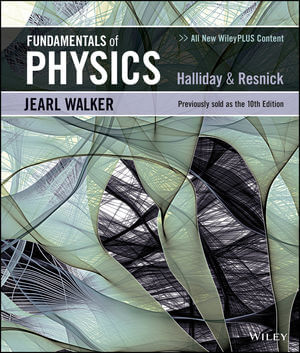Copies of the classnotes are on the internet in PDF format as given below. The "Examples and Exercises" files were prepared in Beamer. The "Printout of Examples and Exercises" are printable PDF files of the Beamer slides without the pauses. These notes and supplements have not been classroom tested (and so may have some typographical errors).
The catalog description for Technical Physics 1 is:
"Presents a survey of physics for students majoring in technical fields, such as physics, chemistry, engineering, etc. Students in pre-professional studies (pre-med, pre-dentistry, etc.) who desire a stronger preparation for professional school also can take this course. Topics include classical mechanics and thermodynamics. One semester of calculus is required before taking this course. Heavy emphasis is made for the solutions to numerical problems. PHYS 2110 is the first semester of a two-semester sequence in calculus-based classical physics."
Notes for Technical Physics 2 (PHYS 2120) are in preparation.
Introduction. Introduction notes
- Chapter 1. Measurement. Chapter 1 notes
- Chapter 2. Motion Along a Straight Line. Chapter 2 notes
- Chapter 3. Vectors. Chapter 3 notes
- Chapter 4. Motion in Two and Three Dimensions. Chapter 4 notes
- Chapter 5. Force and Motion-I. Chapter 5 notes
- Chapter 6. Force and Motion-II. Chapter 6 notes
- Chapter 7. Kinetic Energy and Work. Chapter 7 notes
- Chapter 8. Potential Energy and Conservation of Energy.
- Study Guide 1. Chapters 1 through 8: Classical Mechanics 1. Study Guide 1
- Chapter 9. Center of Mass and Linear Momentum.
- Chapter 10. Rotation.
- Chapter 11. Rolling, Torque, and Angular Momentum.
- Chapter 12. Equilibrium and Elasticity.
- Chapter 13. Gravitation.
- Study Guide 2. Chapters 9 through 13: Classical Mechanics 2.
- Chapter 14. Fluids.
- Chapter 15. Oscillations.
- Chapter 16. Waves-I.
- Chapter 17. Waves-II.
- Study Guide 3. Chapters 14 through 17: Fluid Mechanics.
- Chapter 18. Temperature, Heat, and the First Law of Thermodynamics.
- Chapter 19. The Kinetic Theory of Gases.
- Chapter 20. Entropy and the Second Law of Thermodynamics.
- Study Guide 4. Chapters 18 through 20: Thermodynamics.
Return to Bob Gardner's home page

